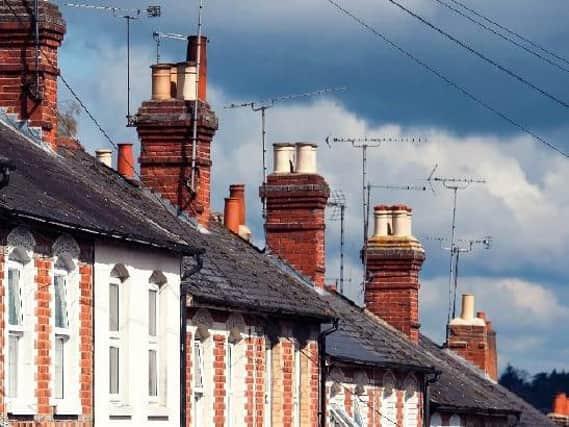Wigan council house sales rise after dip in last decade


The Local Government Association said there is a “desperate need” to reverse this trend and invest more to increase the stock of affordable homes.
The latest figures from the Ministry of Housing, Communities and Local Government show that the local authority sold 199 council houses under the Right to Buy scheme from April 2016 to March 2017, up from 37 five years earlier.
Advertisement
Hide AdAdvertisement
Hide AdThe local authority today said it was working hard to provide affordable housing locally and that 71 new council houses has been created in the last year.
Right to Buy was implemented in 1980 by the Conservative Government with the goal of helping council houses tenants buy their rented homes at a discount.
In 2016-17, Wigan sold nine for every 1,000 houses owned by the council in 2016-17.
The ratio is above the average for England, where eight out of every 1,000 council houses were purchased by the tenant.
Advertisement
Hide AdAdvertisement
Hide AdTower Hamlets was the local authority with the highest proportion of sales - 22 dwellings for every 1,000 properties of its housing stock.
Judith Blake, a Local Government Association Housing spokesperson, said: “The loss of social housing means that we are spending more and more on housing benefit to supplement expensive rents instead of investing in genuinely affordable homes.
“The Government must go beyond the limited measures announced so far, scrap the housing borrowing cap, and enable all councils, across the country, to borrow to build once more.
“We have long called for reforms to Right to Buy in order to allow councils to build more homes to set discounts locally and to keep 100% of receipts from homes sold.”
Advertisement
Hide AdAdvertisement
Hide AdThis month, the Government has started a £200 million pilot scheme in the Midlands to extend Right to Buy to all tenants of housing associations.
Up to now, these tenants could buy under the Right to Buy scheme only if the home was owned by the council at the time they moved in.
Housing association tenants can also apply for a different scheme called Right to Acquire, which allows them to purchase the dwelling at a smaller discount.
John Healey, the shadow housing secretary, called this new pilot scheme in the Midlands “wasteful”. He said: “By expanding this policy, the Tories are only going to make the housing crisis worse.”
Advertisement
Hide AdAdvertisement
Hide AdDavid Orr, chief executive of the National Housing Federation, which represents housing associations, said: “This pilot represents the first large-scale test of the new settlement and we now want to work with tenants, housing associations and the Government to get it right.
“The pilot will be a success only if the application process is as smooth as possible for tenants and if a replacement affordable home is built for every one that is sold.”
Nationally, more than 29,000 tenants applied to buy a home from the social housing stock, which includes council and housing association properties.
Just 18,100 of them were able to complete the purchase.
For those buying from a local authority, the average price was £82,000, a 43 per cent discount on the market value. When the seller was a housing association, the sale price was £57,210, with a discount of 49 per cent.
Advertisement
Hide AdAdvertisement
Hide AdMarie Bintley, assistant director for growth and housing at Wigan Council, said: “We need more affordable housing to meet the needs of our population and are committed to delivering new high quality and affordable homes for people in the borough. We have our own direct delivery affordable housing programme and completed 71 new additional dwellings in the past year.
“In addition we have approved various applications for developments led by the private sector within which we have negotiated an affordable housing contribution also to suit a range of household need. This includes new homes from small to large families, bungalows for older people and specialised housing for residents with health needs for example with autism. Any new initiatives and powers to help us deliver more affordable homes would be welcomed.”